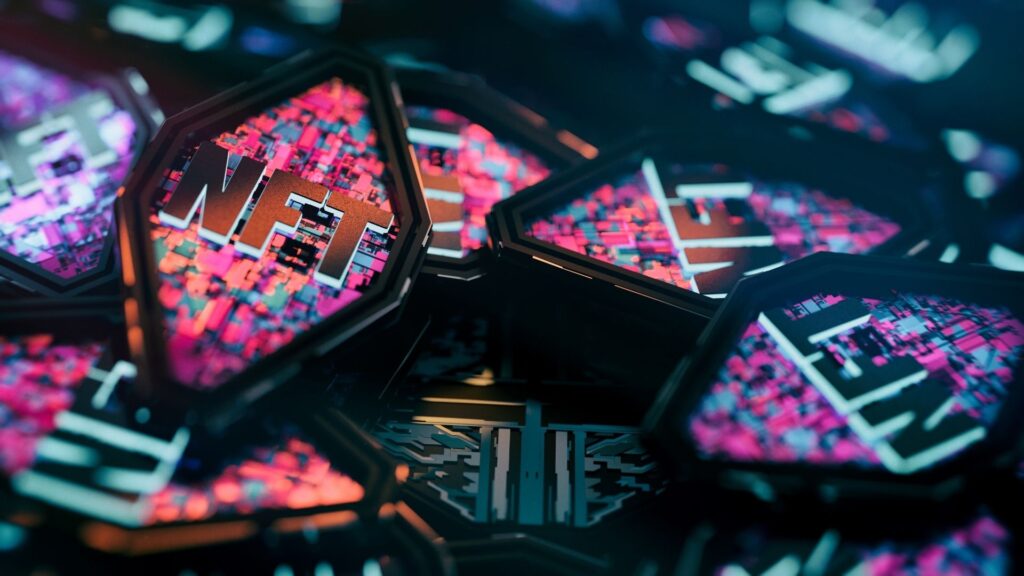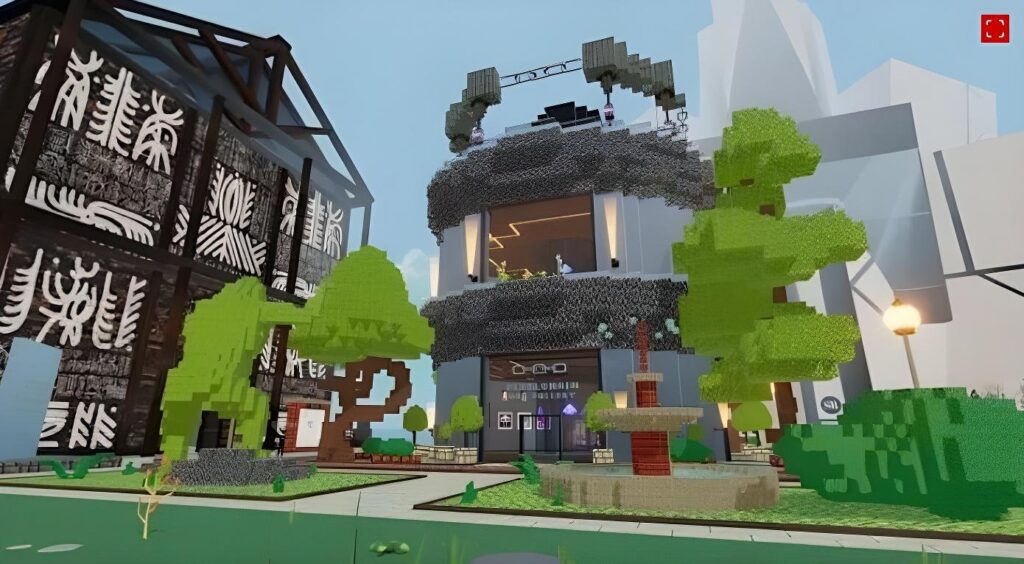Takeaway
The integration of Non-Fungible Tokens (NFTs) into gaming has revolutionized the way players interact with digital assets, creating unique tokenized experiences that enhance engagement and ownership. This article delves into the technical aspects of building NFT games, exploring the underlying blockchain technology, token standards, and real-world applications that exemplify the potential of this innovative approach.
As the gaming industry continues to evolve, the advent of blockchain technology has introduced a paradigm shift in how digital assets are created, owned, and traded. NFTs, which are unique digital tokens representing ownership of a specific item or piece of content, have gained significant traction in the gaming sector. This article aims to provide a comprehensive overview of how to build NFT games, focusing on the technical intricacies involved in launching unique tokenized experiences.
Understanding NFTs and Their Role in Gaming
Non-Fungible Tokens (NFTs) are digital assets that are indivisible and unique, making them ideal for representing ownership of in-game items, characters, and other digital collectibles. Unlike cryptocurrencies such as Bitcoin or Ethereum, which are fungible and can be exchanged on a one-to-one basis, NFTs are distinct and cannot be exchanged on a like-for-like basis. This uniqueness is what makes NFTs particularly valuable in gaming, where players seek to own rare items or characters that enhance their gaming experience.

The underlying technology that powers NFTs is blockchain, a decentralized ledger that ensures transparency, security, and immutability. Ethereum is the most widely used blockchain for NFTs, primarily due to its support for smart contracts and the ERC-721 and ERC-1155 token standards. These standards define how NFTs are created, transferred, and managed on the blockchain, providing developers with the tools necessary to build robust NFT gaming experiences.
Key Components of Building an NFT Game
1. Blockchain Selection
The first step in building an NFT game is selecting the appropriate blockchain. While Ethereum remains the most popular choice, other blockchains such as Binance Smart Chain, Flow, and Polygon are gaining traction due to lower transaction fees and faster processing times. Developers must consider factors such as scalability, security, and community support when choosing a blockchain for their NFT game.
2. Smart Contracts
Smart contracts are self-executing contracts with the terms of the agreement directly written into code. In the context of NFT games, smart contracts govern the creation, transfer, and management of NFTs. Developers can use Solidity, a programming language for Ethereum smart contracts, to create custom functionalities for their NFTs, such as minting new tokens, setting royalties for secondary sales, and implementing game mechanics that interact with NFTs.
3. Token Standards
As mentioned earlier, the two primary token standards for NFTs on Ethereum are ERC-721 and ERC-1155. The ERC-721 standard allows for the creation of unique tokens, each with its own metadata, while ERC-1155 enables the creation of both fungible and non-fungible tokens within a single contract. This flexibility allows developers to create complex in-game economies where players can trade, sell, or upgrade their NFTs.
4. Game Design and User Experience
Building an NFT game requires careful consideration of game design and user experience. Developers must create engaging gameplay mechanics that incentivize players to collect and trade NFTs. For example, games like Axie Infinity have successfully integrated NFTs into their gameplay by allowing players to breed, battle, and trade unique creatures called Axies. The game’s economy is driven by the value of these NFTs, creating a compelling reason for players to participate.
Real-World Examples of NFT Games
1. Axie Infinity
Axie Infinity is a blockchain-based game that has gained immense popularity, with over 2.5 million daily active users as of September 2021 (DappRadar, 2021). Players collect, breed, and battle fantasy creatures called Axies, each represented as an NFT. The game’s economy is powered by its native token, AXS, which players can earn through gameplay and trade on various exchanges. Axie Infinity’s success demonstrates the potential of NFT games to create sustainable economies and engage players in unique ways.
2. Decentraland
Decentraland is a virtual reality platform where users can create, experience, and monetize content and applications. The platform allows users to purchase virtual land as NFTs, which can be developed into games, art installations, or social experiences. As of October 2021, Decentraland’s virtual land sales reached over $100 million, showcasing the demand for unique digital experiences (NonFungible.com, 2021). The platform’s success highlights the potential for NFT games to create immersive environments that foster creativity and community engagement.

The Decentraland platform is one of the leading ones for buying and selling virtual land.
Challenges and Considerations
While the potential for NFT games is vast, developers must navigate several challenges when building these experiences. One significant concern is the environmental impact of blockchain technology, particularly proof-of-work blockchains like Ethereum. The energy consumption associated with mining and transaction processing has raised questions about the sustainability of NFT games. Developers can mitigate this issue by exploring layer-2 solutions or alternative blockchains with lower energy footprints.
Another challenge is the regulatory landscape surrounding NFTs and cryptocurrencies. As governments around the world begin to implement regulations, developers must stay informed about compliance requirements to avoid legal pitfalls. This includes understanding tax implications, consumer protection laws, and intellectual property rights related to digital assets.
Future Trends in NFT Gaming
The NFT gaming landscape is continually evolving, with several trends emerging that could shape the future of this industry. One notable trend is the rise of play-to-earn models, where players can earn real-world value through their in-game activities. This model has gained traction in developing countries, where players can generate income by participating in NFT games.
Additionally, the integration of virtual reality (VR) and augmented reality (AR) technologies into NFT games is expected to enhance user experiences further. By creating immersive environments where players can interact with their NFTs in real-time, developers can foster deeper engagement and community building.
Conclusion
Building NFT games presents a unique opportunity for developers to create innovative and engaging experiences that leverage the power of blockchain technology. By understanding the key components involved in NFT game development, including blockchain selection, smart contracts, and token standards, developers can launch unique tokenized experiences that resonate with players. As the industry continues to evolve, staying informed about emerging trends and challenges will be crucial for success in the NFT gaming space.
In summary, the integration of NFTs into gaming has opened new avenues for player engagement and ownership. By harnessing the potential of blockchain technology, developers can create unique tokenized experiences that not only enhance gameplay but also foster vibrant in-game economies. As the NFT gaming landscape continues to grow, the possibilities for innovation and creativity are limitless.

